GuitarPlayer Verdict
A high-gain machine that can cover a broad spectrum of distortion duties.
Pros
- +
Wide gain range
- +
Loads of distortion on tap
Cons
- -
None
You can trust Guitar Player.
Gibson launched the Maestro brand in 1962 and set the stage for stomp-box effects with its introduction of the FZ-1 Fuzz Tone, a two-knob box that etched its place in history thanks to Keith Richards’ use of it in 1965 on “(I Can’t Get No) Satisfaction,” the Rolling Stones’ first number one hit.
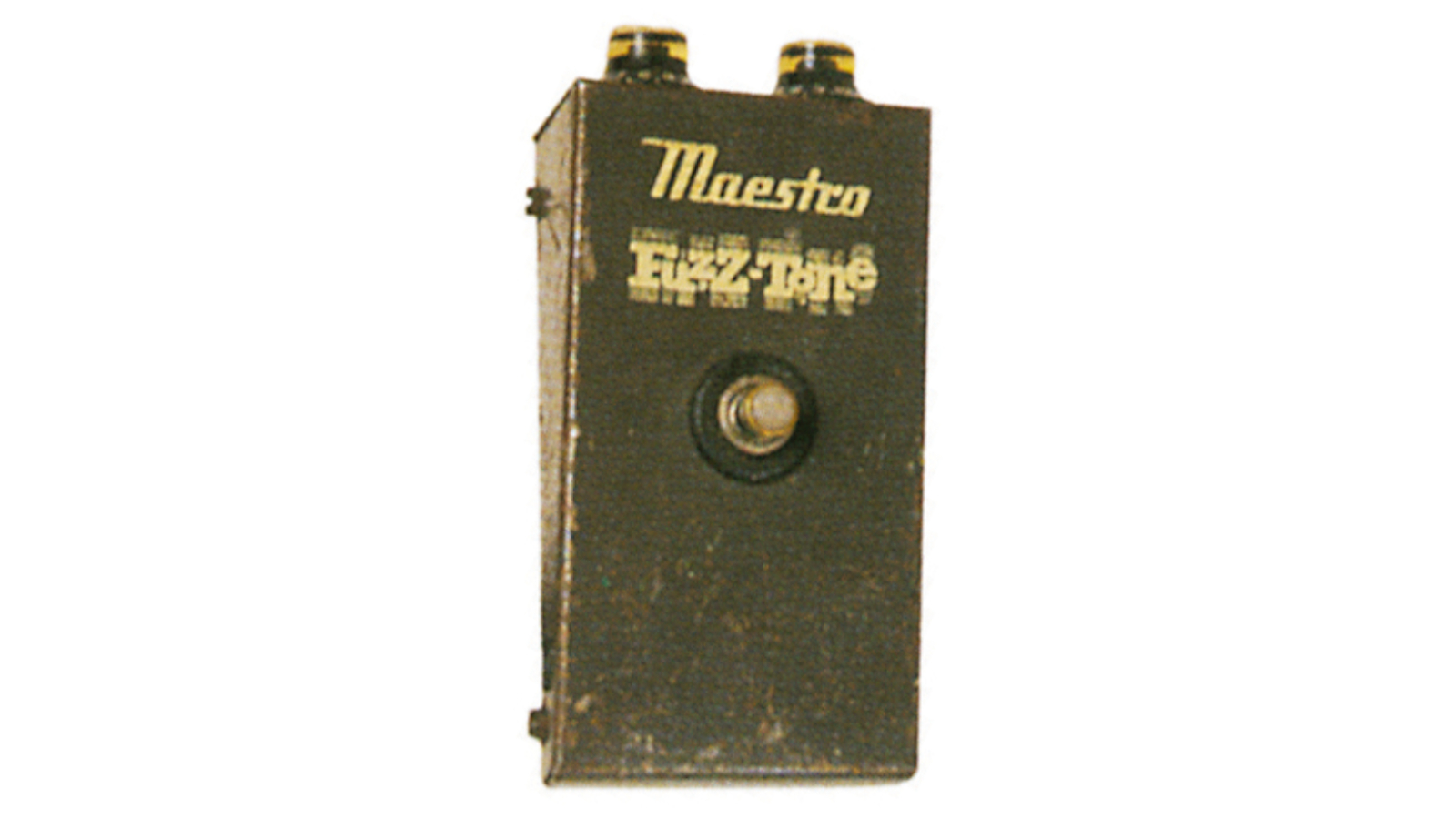
Maestro went on to produce numerous products – including amplifiers – throughout the ’60s and ’70s before fading away in 1979.
Now Gibson has revived the brand with a series of pedalboard-friendly stompboxes for 2022: the FZ-M Fuzz-Tone, Invader Distortion, Ranger Overdrive, Comet Chorus and Discoverer Delay.
While only the FZ-M is actually based on anything Maestro originally did, these colorful pedals exude vintage-style graphics, including a “three bugles” bypass indicator that lights up in red, yellow and blue.
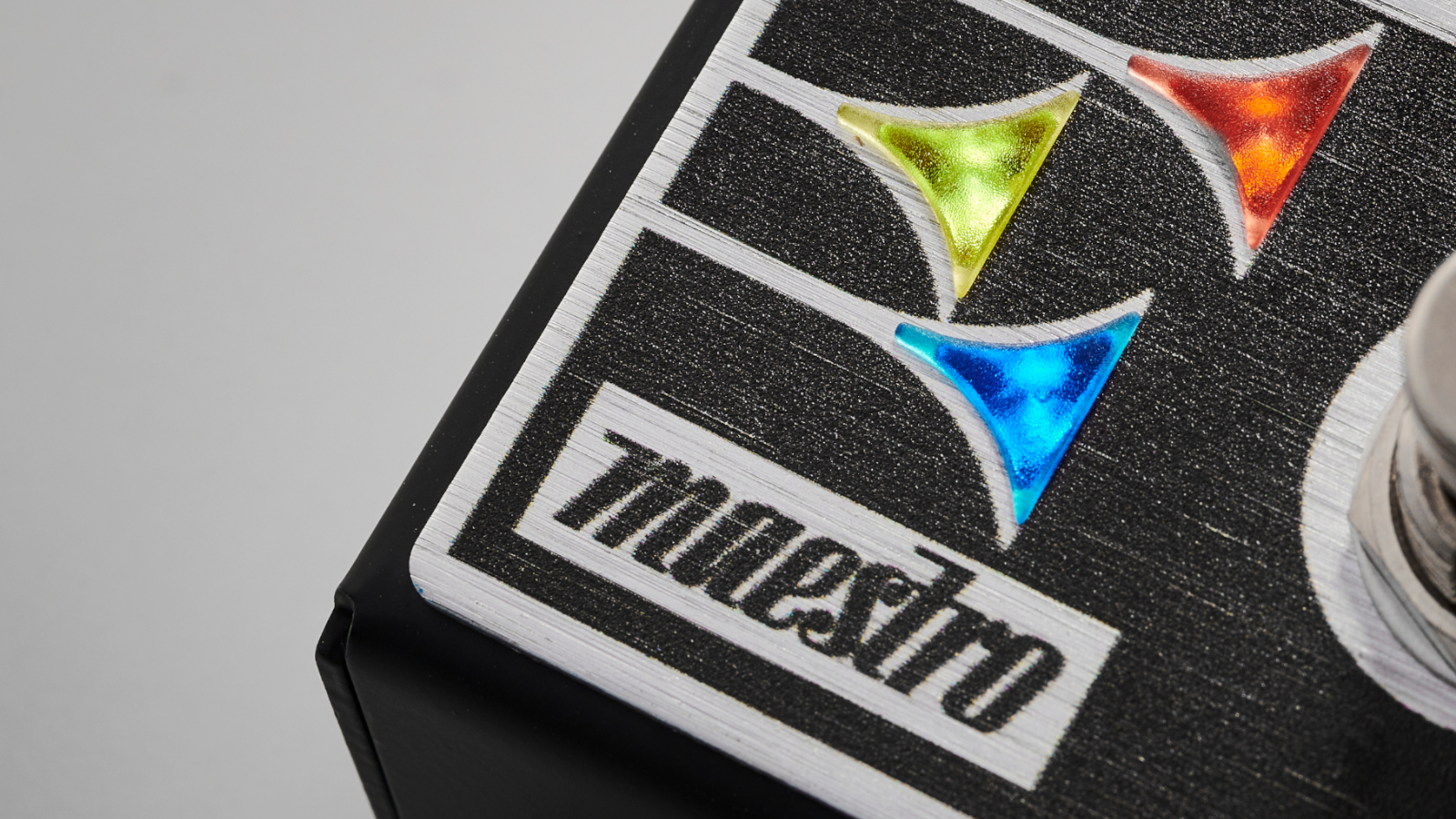
All have three knobs, a two-position mode switch that performs different functions depending on the effect, true-bypass switching and a mechanical on/off foot switch.
They feature analog circuitry, which is laid out on glass-epoxy boards, and the housings open up clamshell-style to make it easy to change the battery (a 2.1mm jack for an external adapter is also provided).
We tested the Maestros using a new Reverend Reeves Gabrels Dirtbike Royale with MojoTone hum-canceling P-90s, a Hamer Newport with Duncan Phat Cat pickups and an early Gibson Johnny A. electric guitar.
Everything was run through either a Fender Deluxe Reverb reissue tube amp with Alessandro hand-wired circuitry or a Victoria Double Deluxe 2x12 combo with Celestial Heritage speakers.
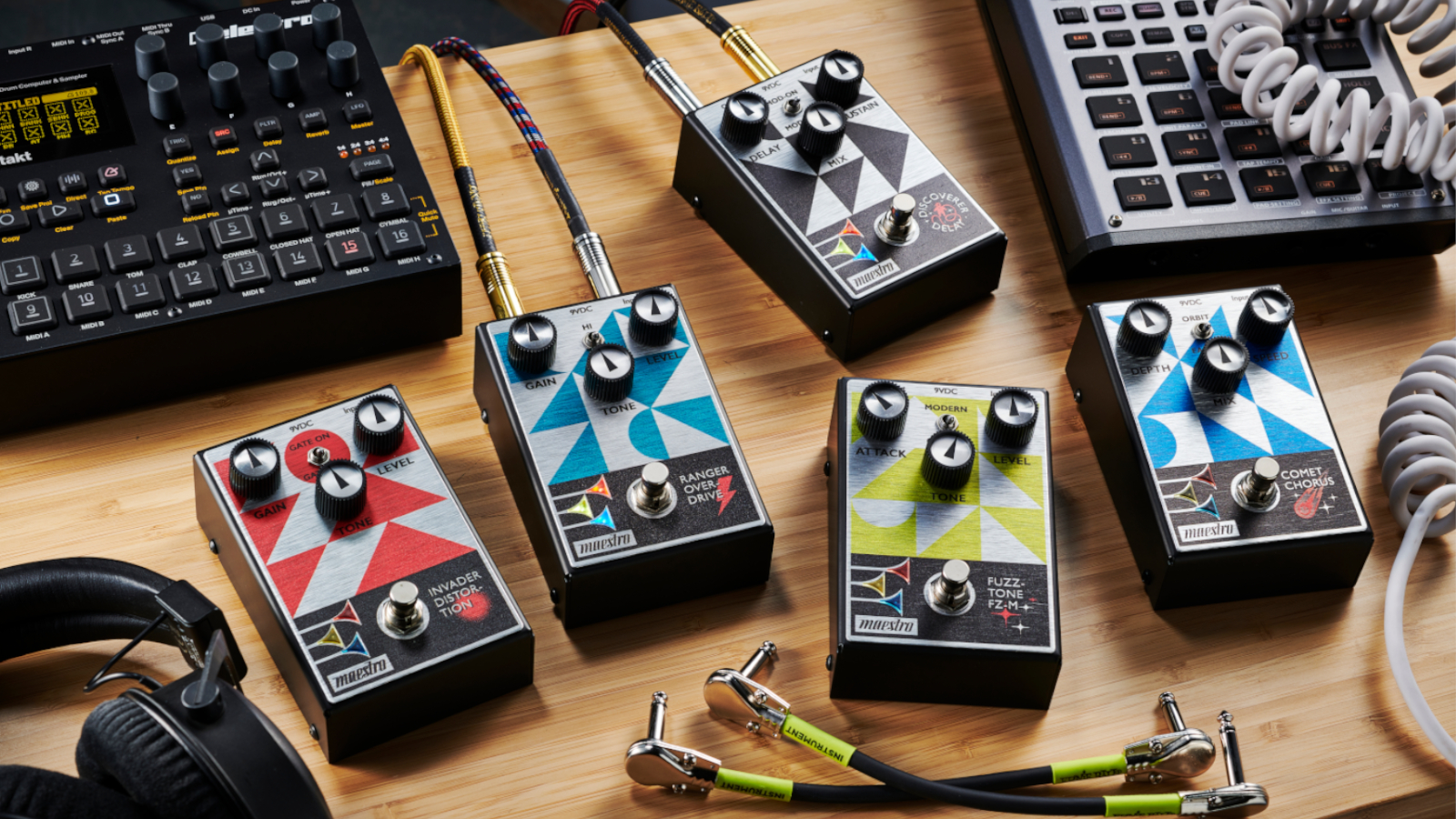
The Invader is a high-gain machine that can cover a broad spectrum of distortion duties.
Armed with gain, level and tone controls, this pedal also features a built-in noise gate that you can select with the Gate on/off mode switch. It’s a feature mainly aimed at metal players who want fast note cutoff and overall control of noise when playing through high-gain rigs.
The Invader’s circuit uses discrete transistors and has multiple gain stages to obtain the high levels of distortion it can produce.
Pummeled though our relatively low-gain test amps, the Invader produced lots of distortion and tracked picking dynamics well, while providing sounds that were tight but not overly compressed.
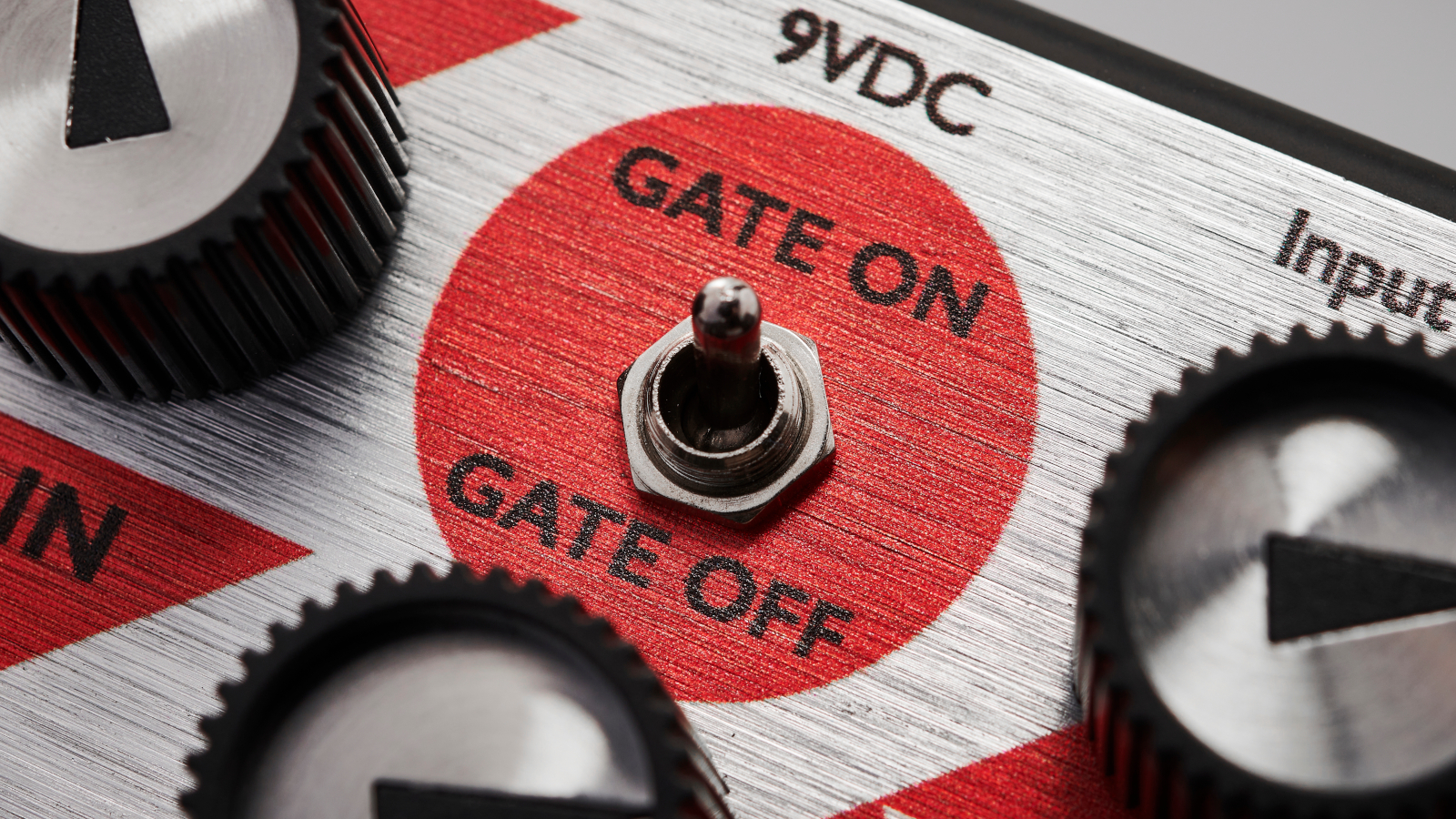
The grind comes on almost immediately as the gain knob is turned up, and by nine o’ clock on the dial it’s churning out fat distortion that sounded good for classic rock and blues guitar styles.
Things change at settings of noon and higher as the Invader gets into high gear, delivering gushing distortion with gobs of sustain.
We also found that switching on the Invader with the Ranger pedal boosting the guitar signal was a cool way to get feedback that was controllable by adjusting your picking, even at very low volume.
The Invader is dynamically responsive and tracks guitar volume changes quite well at super-saturated settings
When activated, the Gate quickly clamps down as notes begin to fade, which is handy if there’s a lot of noise buildup from pedals you’re running, and you can adjust the threshold sensitivity via an internal trimpot to make the gating feel more natural.
The Invader is dynamically responsive and tracks guitar volume changes quite well at super-saturated settings.
Its tone control is voiced for shred styles and has a fairly scooped curve when dialed fully left, and it doesn’t add a lot of midrange color when turned in the other direction.
But the EQ is accommodating to humbuckers and single-coils alike, and is totally in keeping with the Invader’s bombastic attitude.
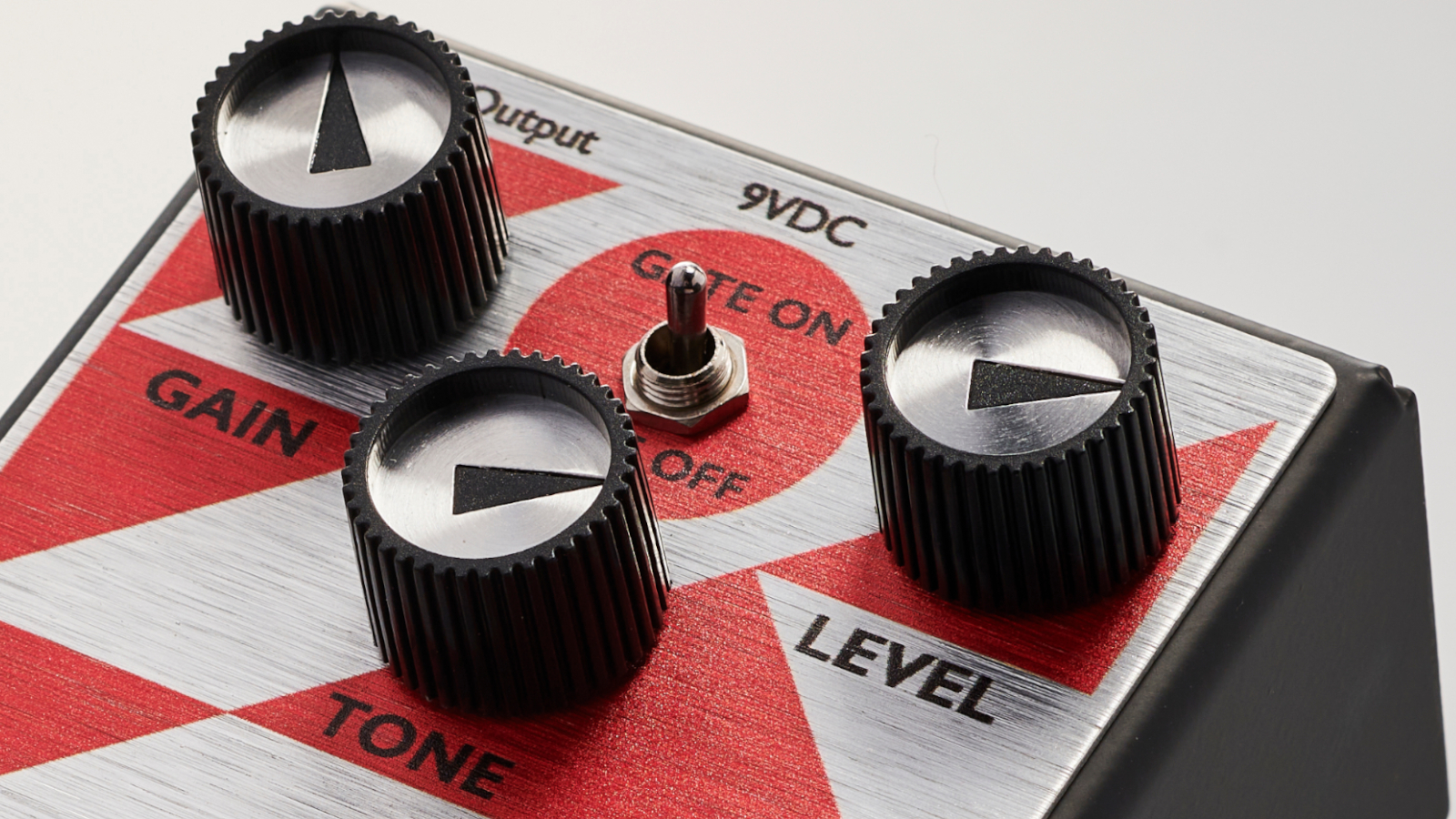
Specifications:
- CONTROLS: Gain, level, tone. Gate On/Gate Off switch
- SIZE: 4.75” x 3.25”
- I/O: Front-mounted input, output and power-supply jacks
- EXTRAS: Unique “three bugles” bypass LED. Can operate on 9V battery
Visit Maestro for more information.

Art Thompson is Senior Editor of Guitar Player magazine. He has authored stories with numerous guitar greats including B.B. King, Prince and Scotty Moore and interviewed gear innovators such as Paul Reed Smith, Randall Smith and Gary Kramer. He also wrote the first book on vintage effects pedals, Stompbox. Art's busy performance schedule with three stylistically diverse groups provides ample opportunity to test-drive new guitars, amps and effects, many of which are featured in the pages of GP.
"The only thing missing is the noise from the tape loop." We review the Strymon EC-1 Single Head dTape Echo, a convincing take on a very special vintage tube Echoplex
"BigSky MX will be replacing the BigSky as my go-to reverb pedal. I’ve heard nothing that covers all the bases with such pristine and detailed audio quality." We crowned the Strymon BigSky MX the champ of multi-reverb pedals











